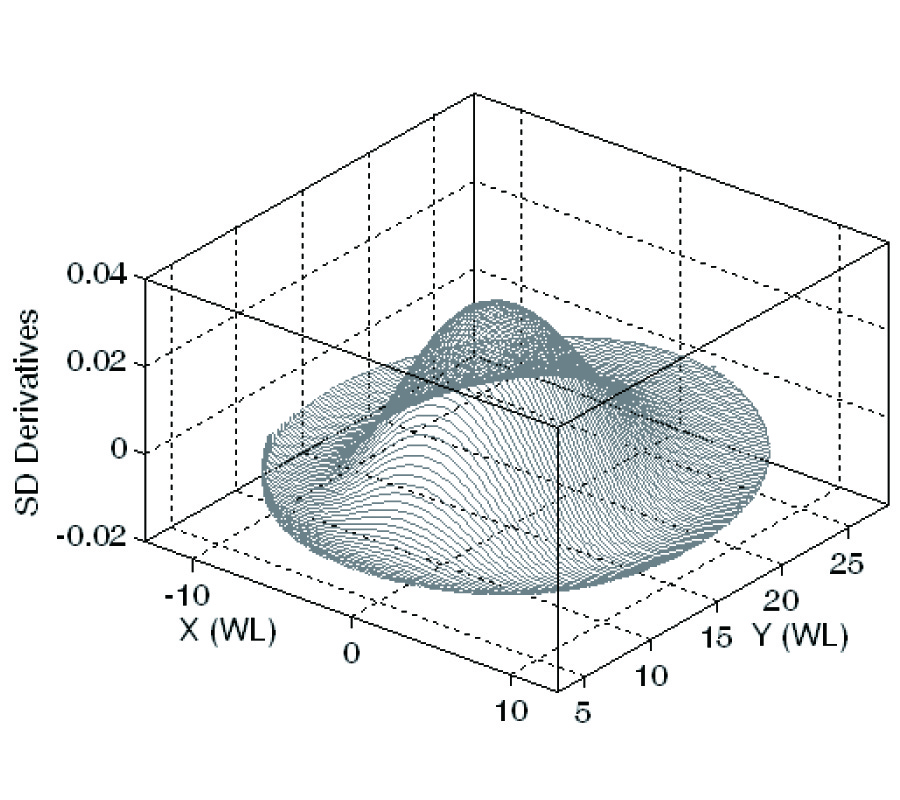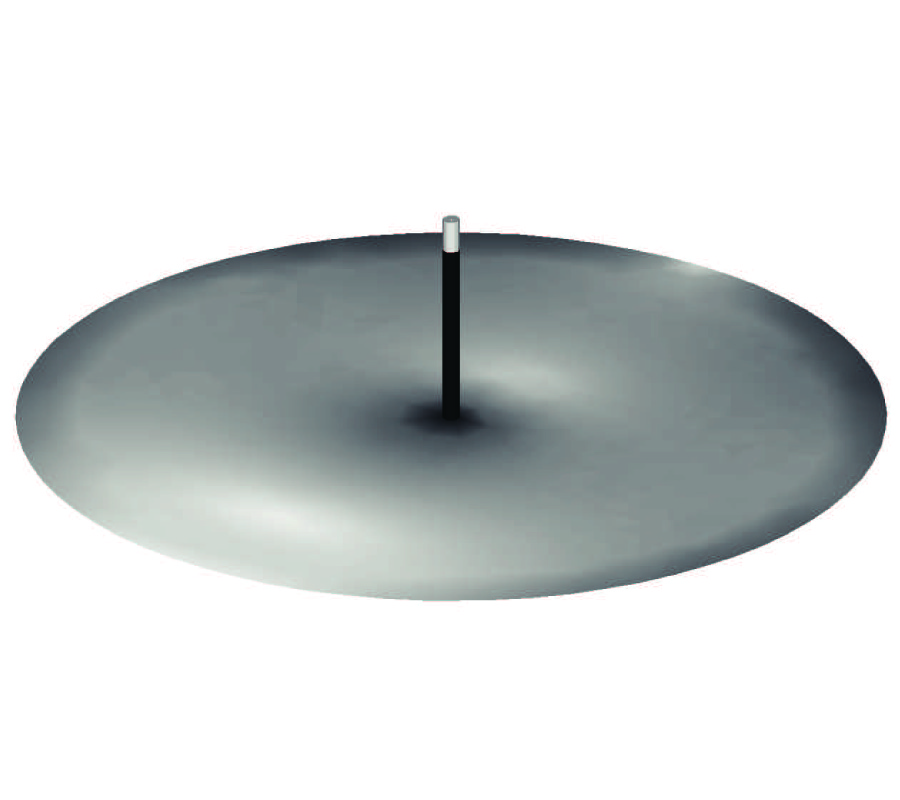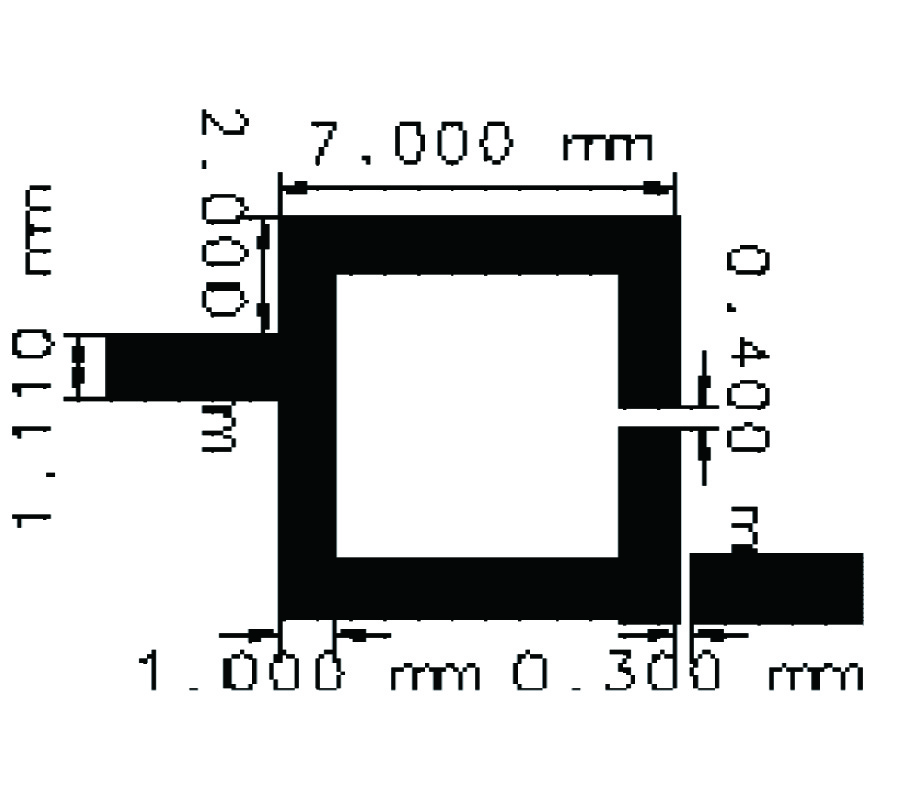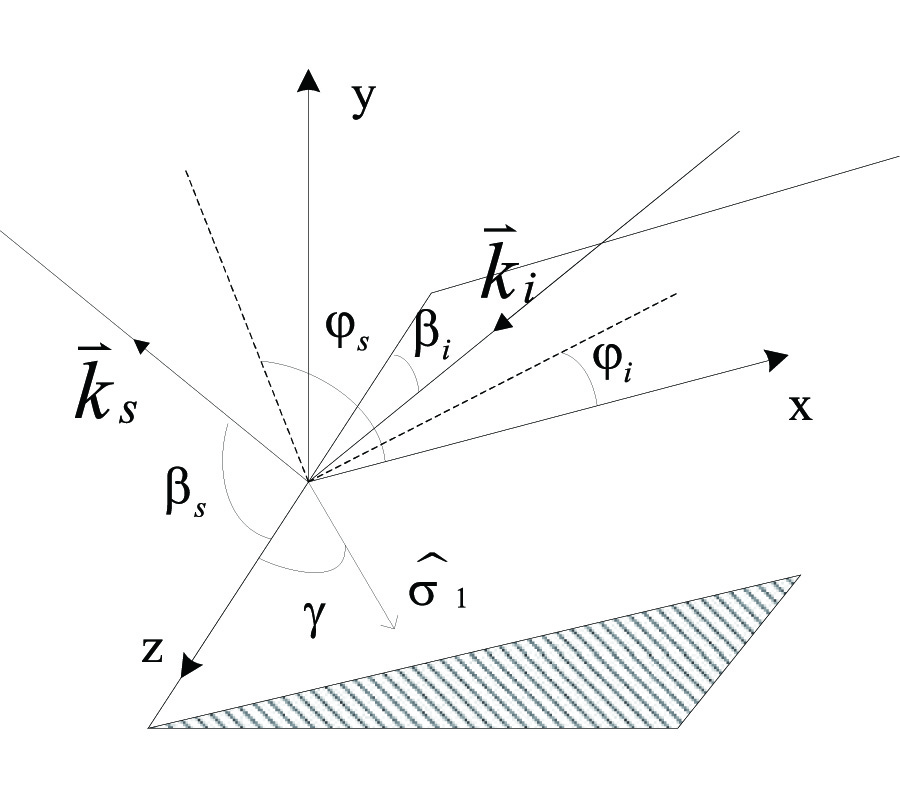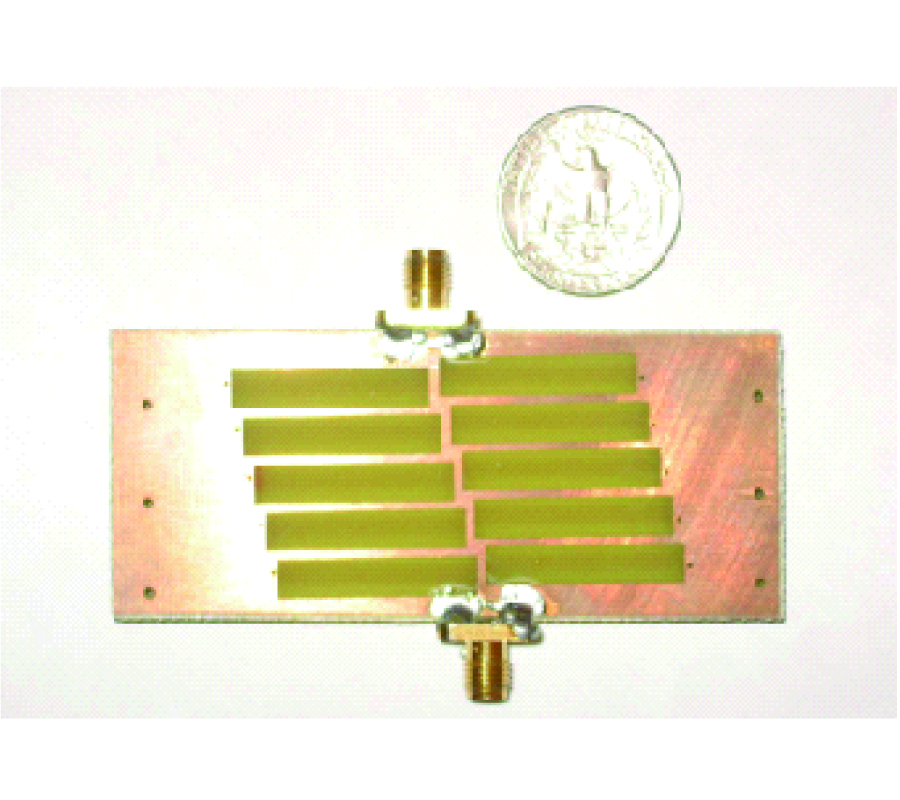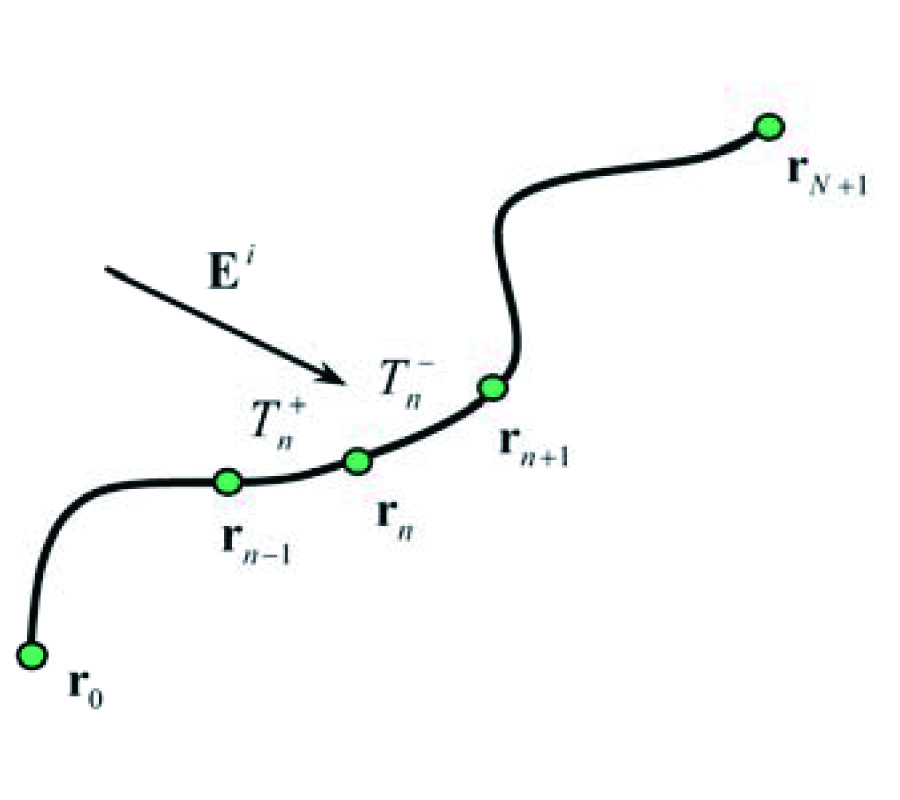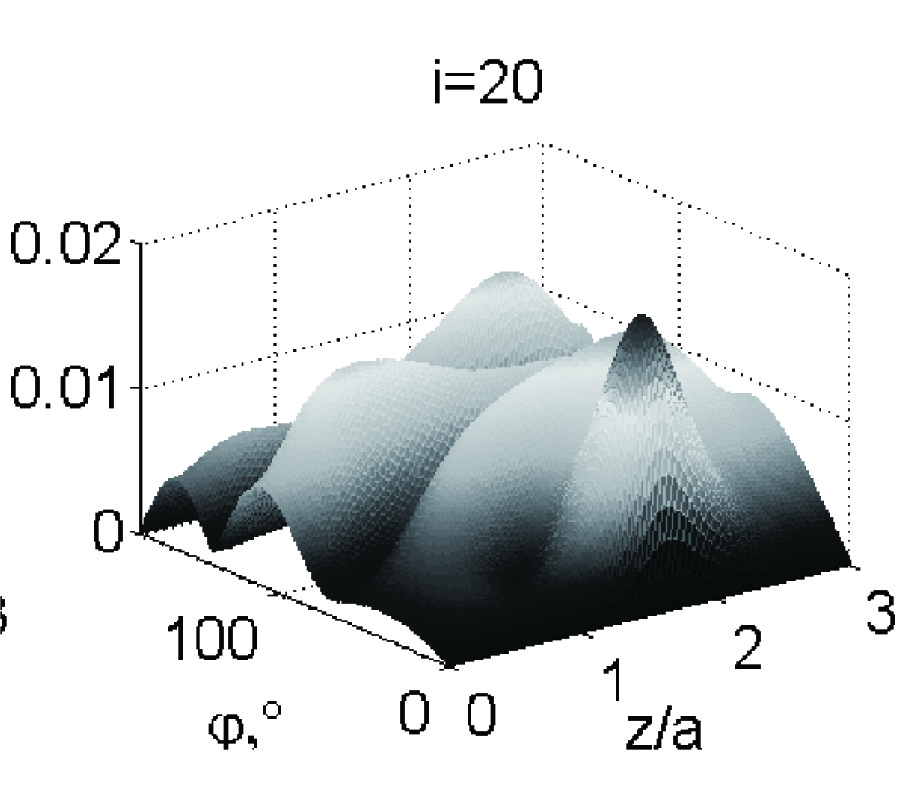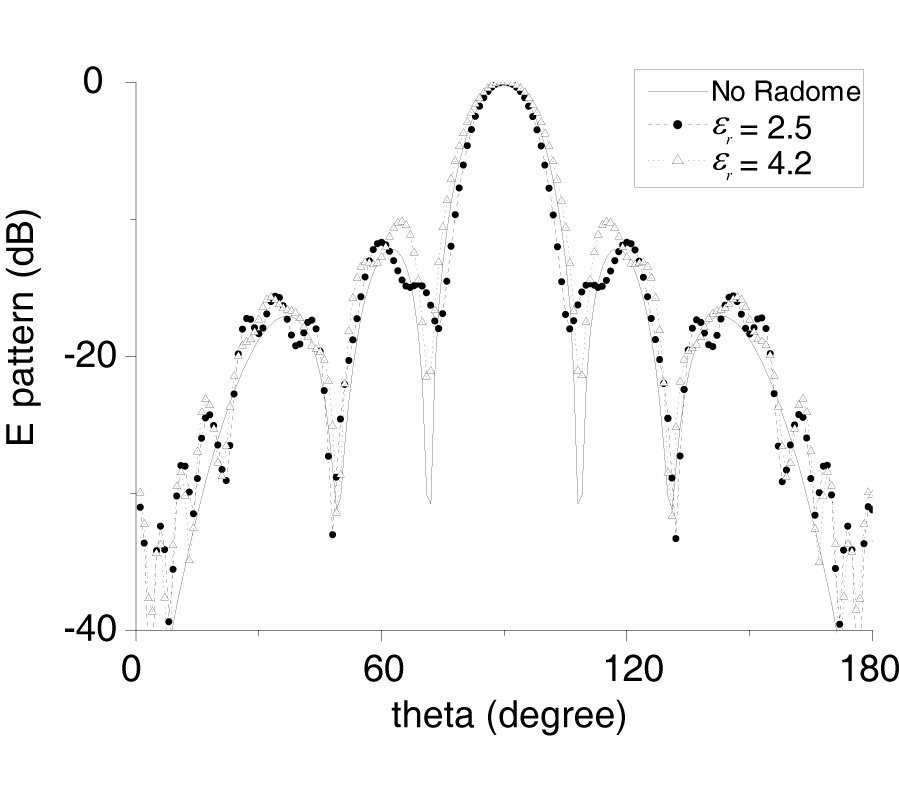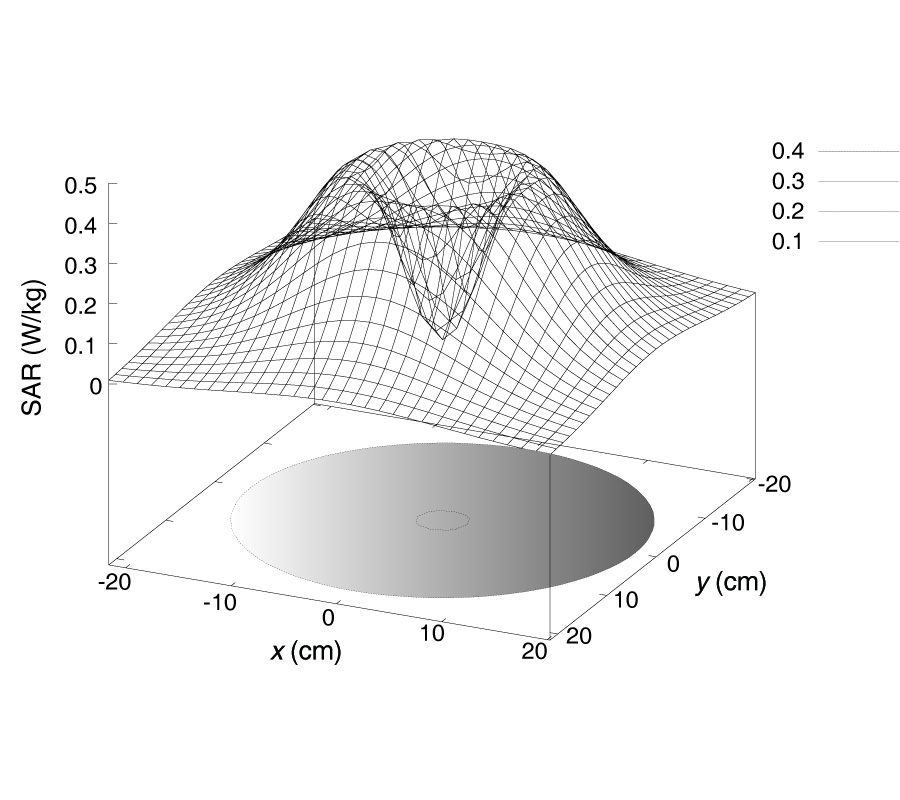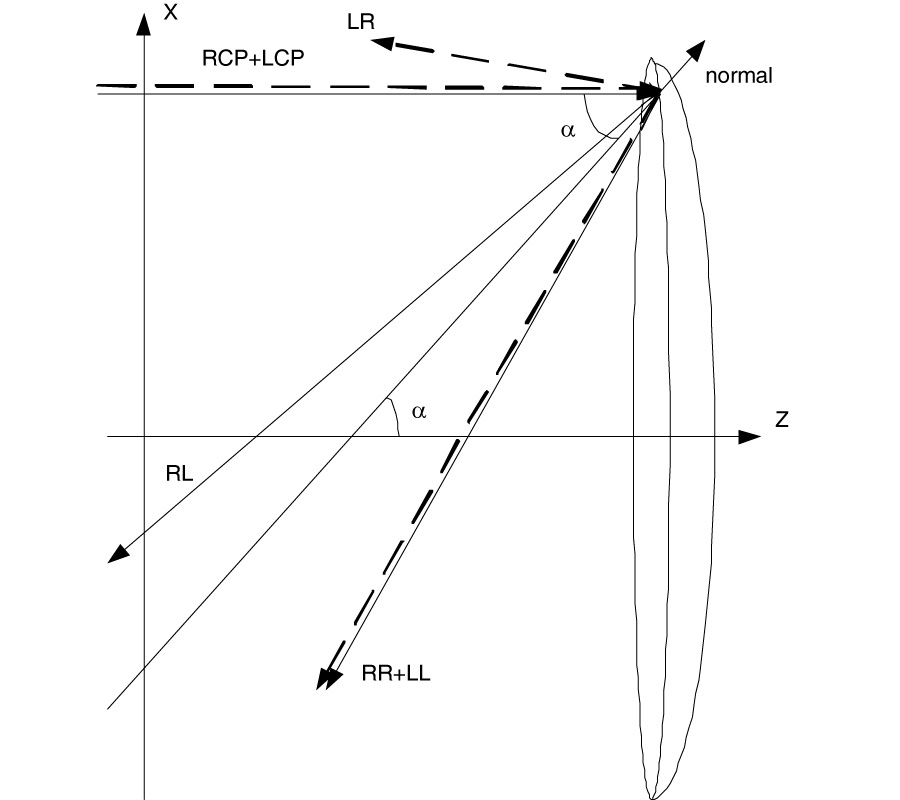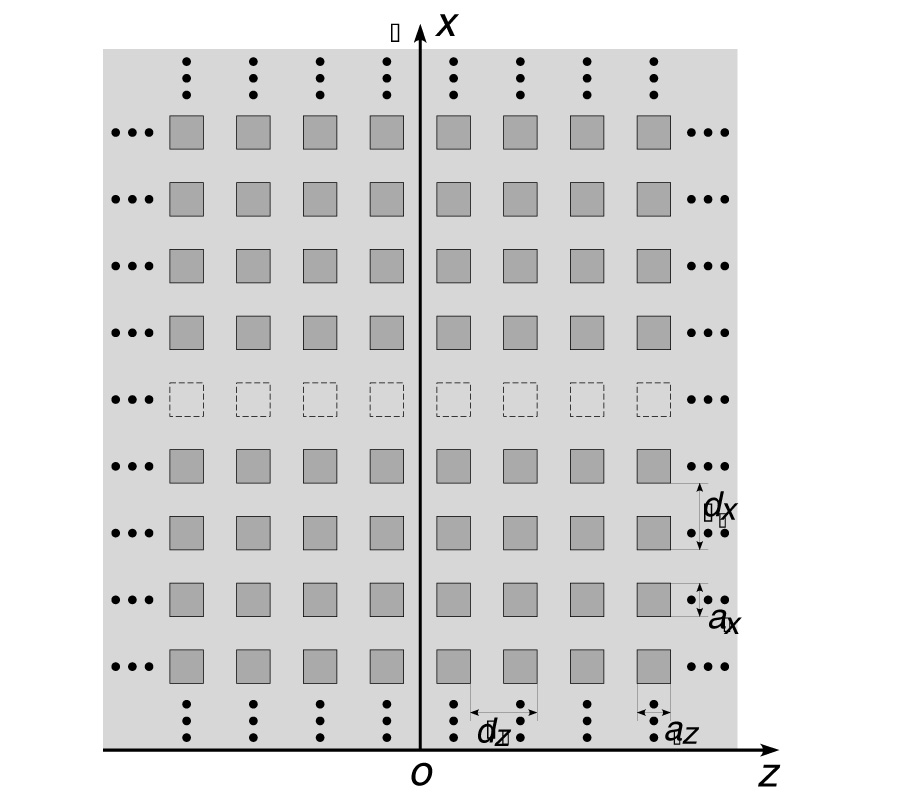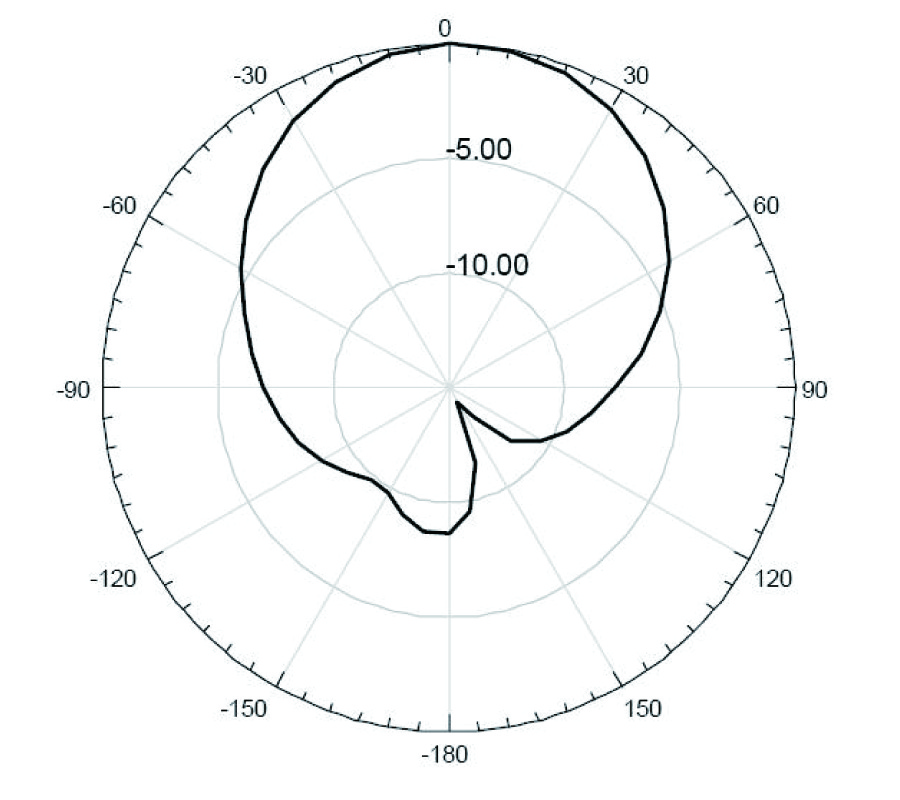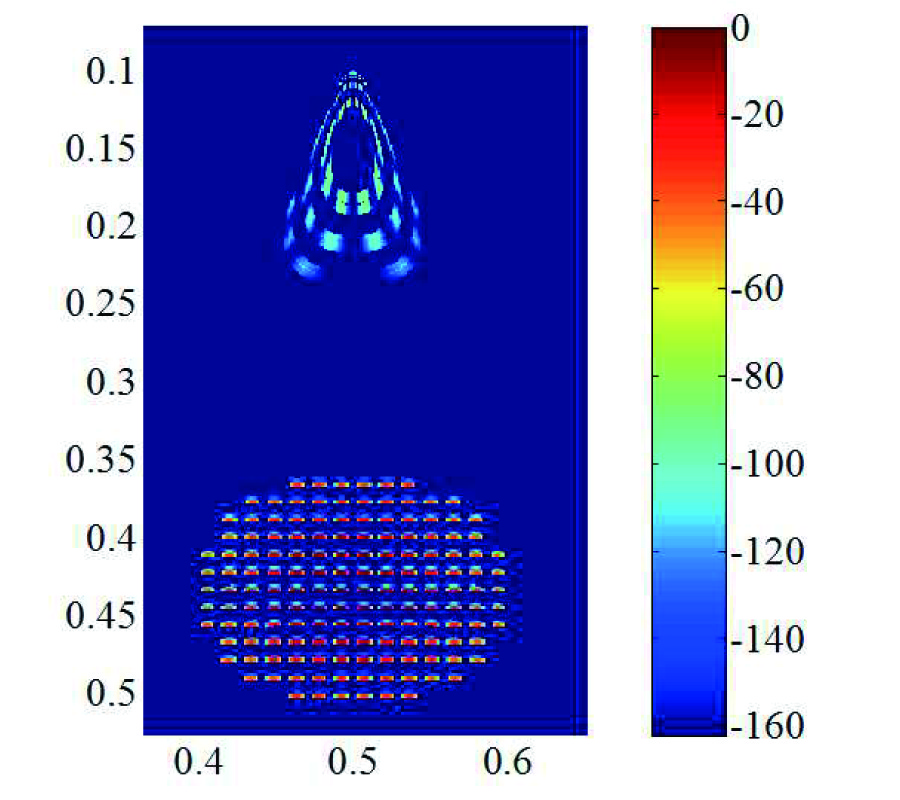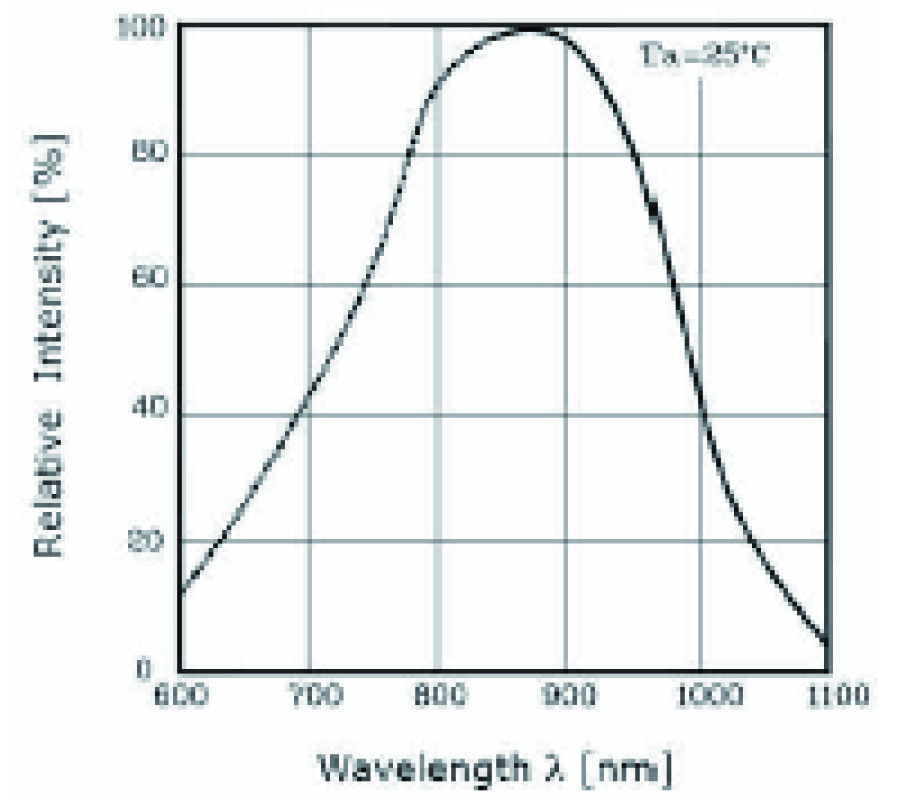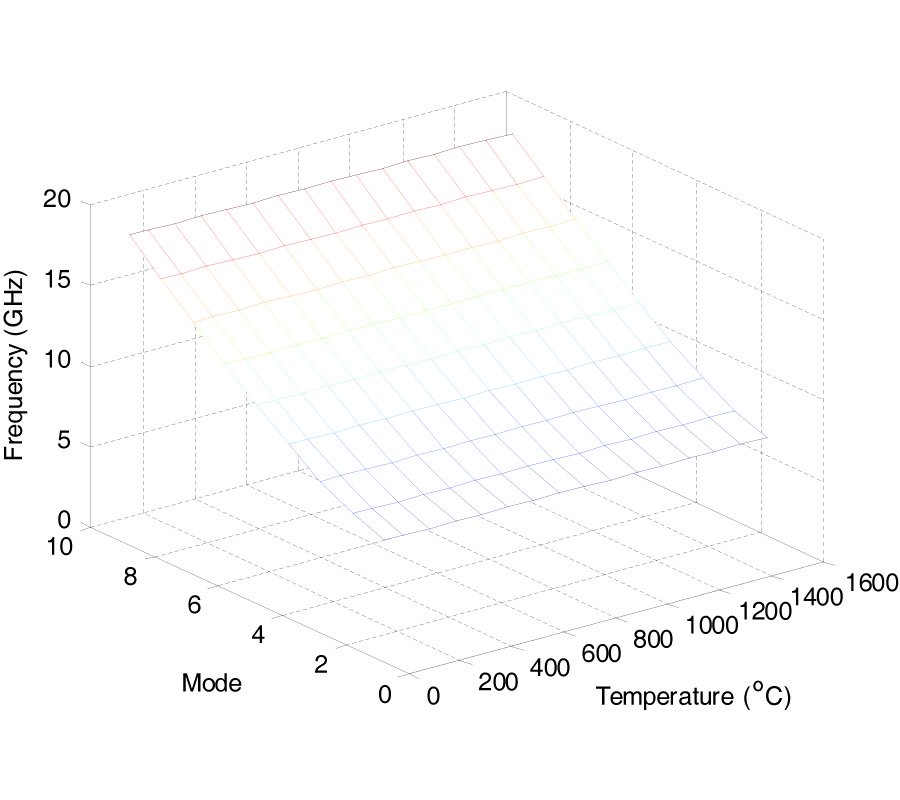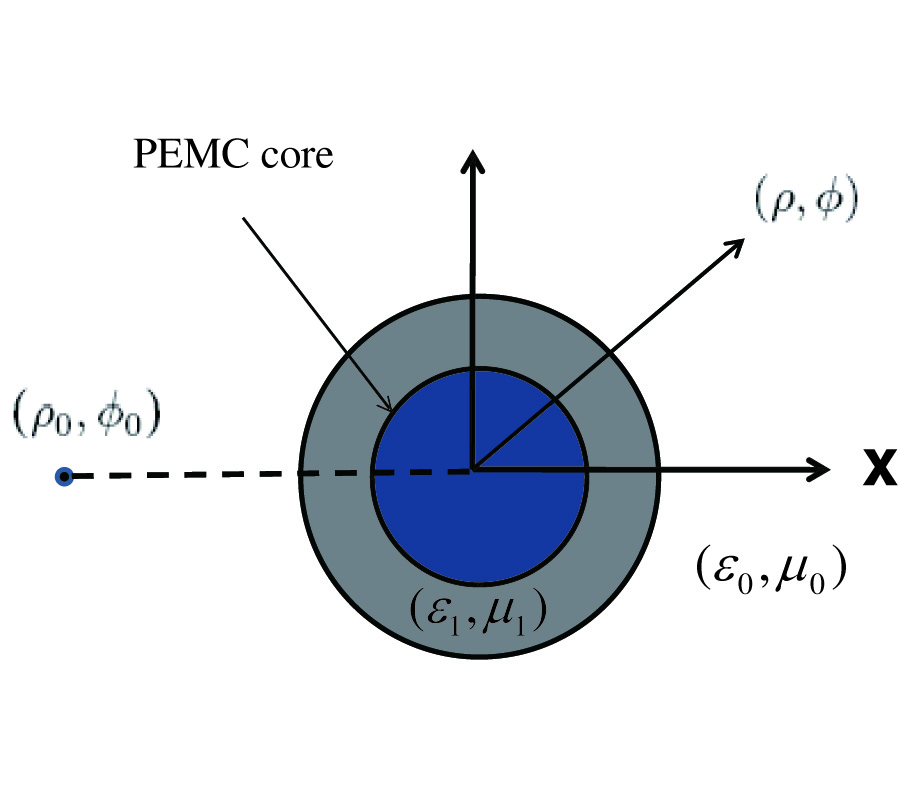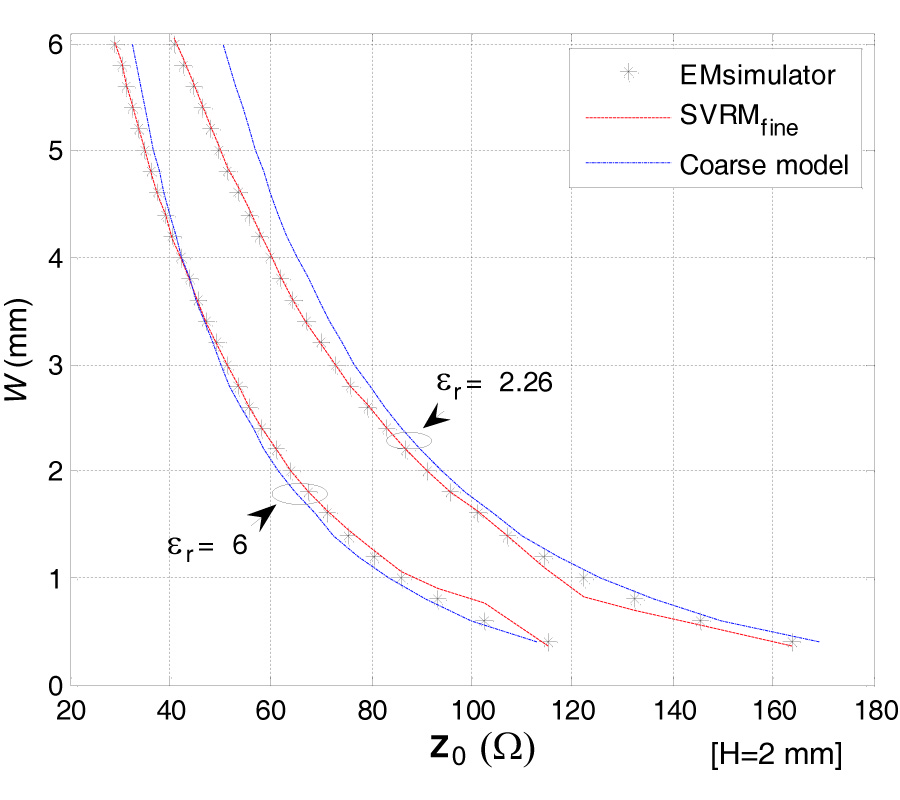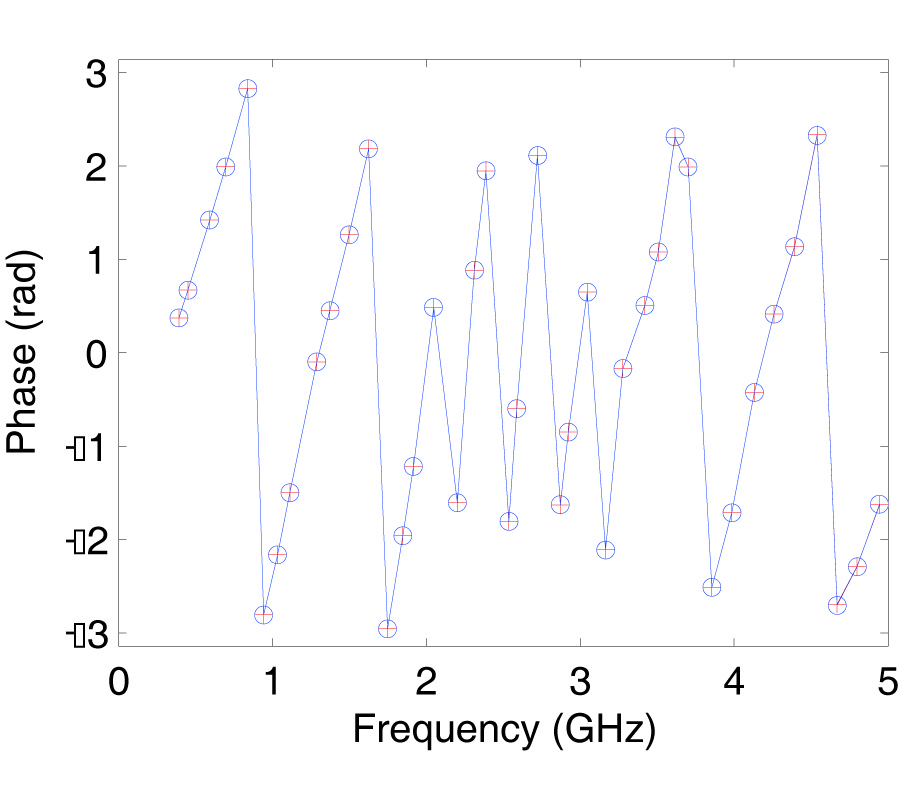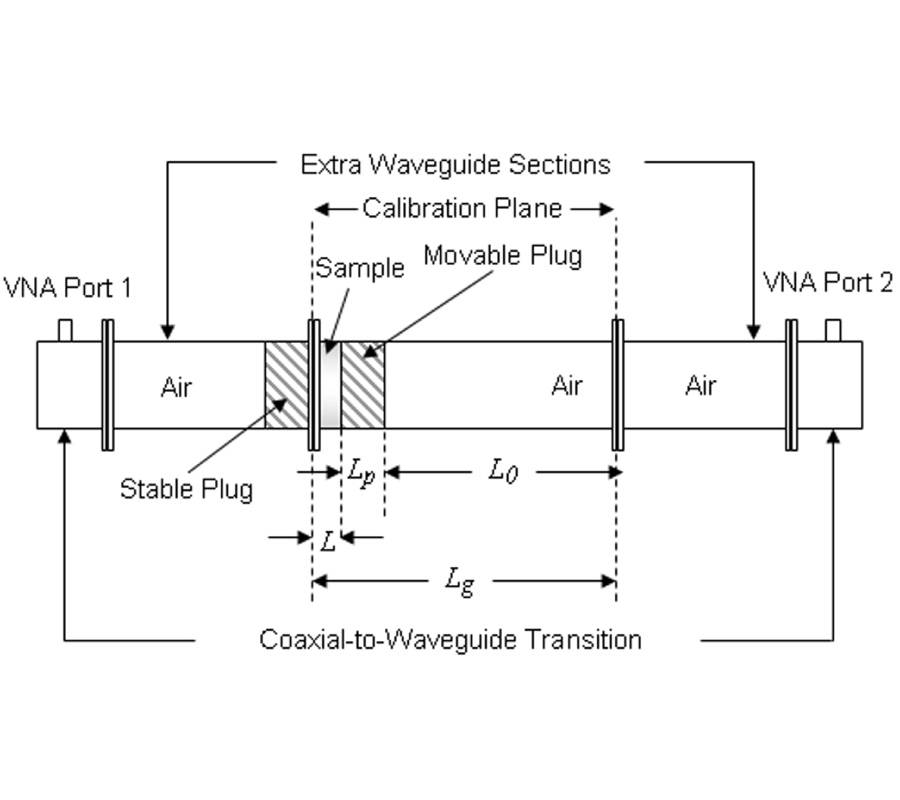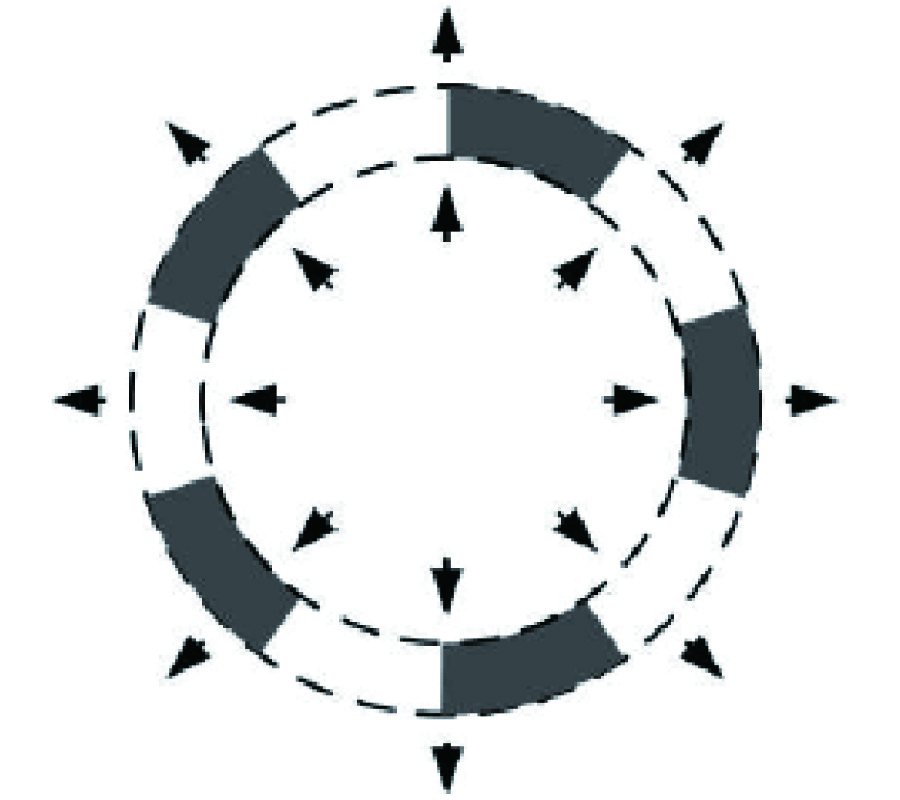A Compact X-Band Receiver Front-End Module Based on Low Temperature Co-Fired Ceramic Technology
Zhigang Wang,
Ping Li,
Rui-Min Xu and
Weigan Lin
This letter presents a compact low temperature co-fired ceramic (LTCC) receiver front-end module integrating 9 building blocks. The receiver is a twicefrequency- conversion front-end module with image injection, works at X-band, consists of an X-band embedded image injection band-pass filter (BPF), an L-band multilayer image injection quasi-ellipitc BPF, two monolithic microwave integrated circuit (MMIC) low noise amplifiers (LNAs), two intermediate frequency (IF) amplifiers, two mixers, a IF BPF, and some lumped passive components. All MMICs are mounted into pre-making cavities in the three layers LTCC substrate of the top surface, and the interconnection between MMICs and surface microstrip-line is established by bond wires. A multilayer five-pole Chebyshev interdigital BPF is developed as the first image injection filter, and a four-pole quasi-elliptic BPF composed of stepped-impedance hairpin resonator and miniaturized hairpin resonators that can be coupled through the apertures on the common ground plane is proposed for as the second image injection filter. The developed X-band receiver front-end module is fabricated using twenty layers LTCC dielectric substrate, which has a compact size of 30 × 20 × 20 mm3 (including the metal cavity). The measured receiver gain and noise figure are more than 32 dB and less than 4 dB, respectively. The first and second image injection is better than 28 dB and 40 dB, respectively.
